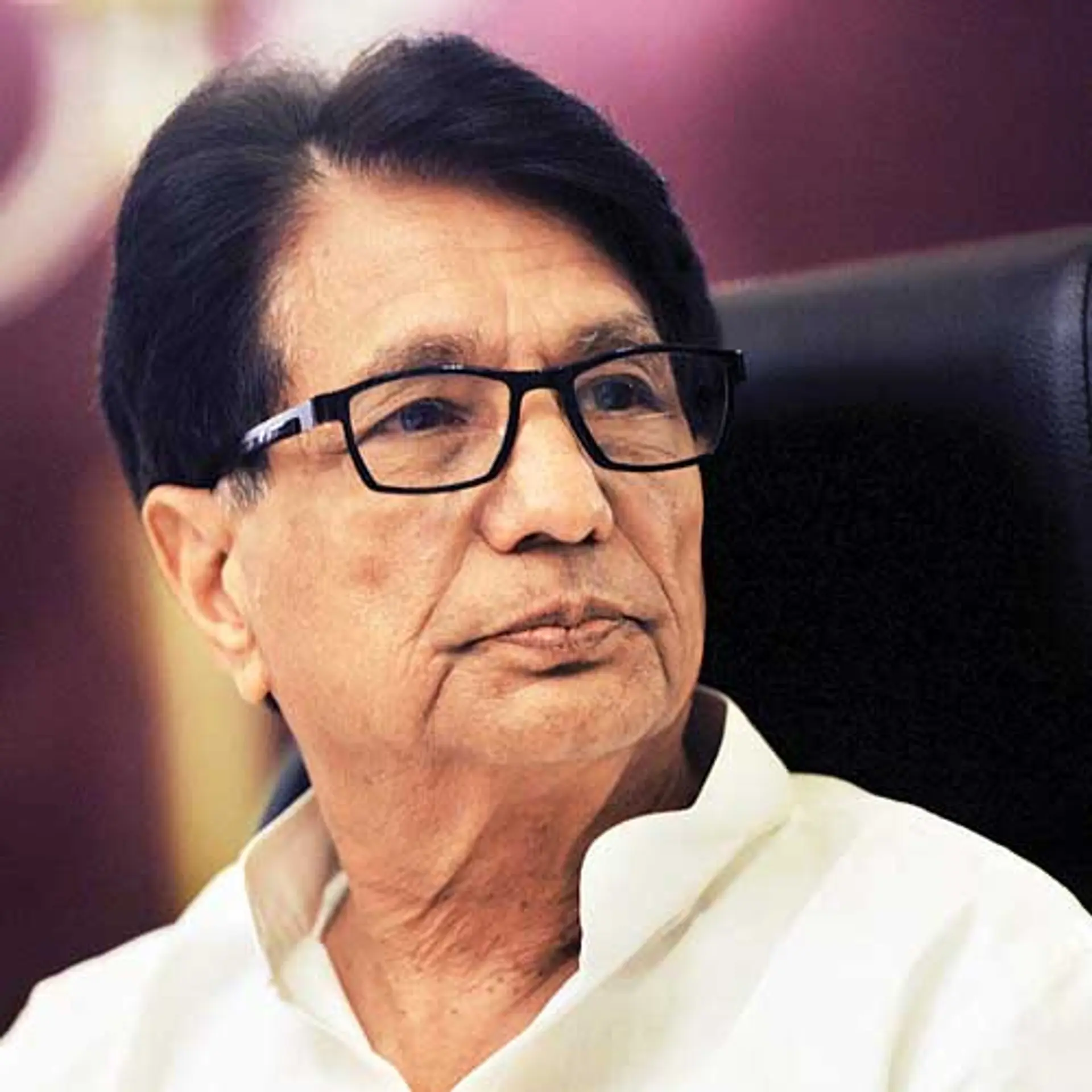

How analytics can transform the public sector in India
Big data analytics enables public sector organizations to improve existing processes, bring transparency and make powerful impact on our society

undefined
Big data analytics is a rapidly evolving field, offering significant opportunities when explored and applied to uncover deep insights. The applications in big data and analytics are proliferating fast from private organizations to the public sector with data becoming an integral part of the critical decision making today.
The public sector generates a huge amount of data in transactions, employment, education, manufacturing, and agriculture, to name a few. Big data analytics applications can significantly help the government to achieve efficiencies, combat fraud, bring transparency, foster the economy, and spike productivity and growth. These applications in collaboration with private organizations can enable government and public-sector organizations to offer effective services and respond more quickly and accurately to the citizens’ need.
According to a report published by Forbes, European government leaders have called for investments in big data analytics to modernize services and improve their economies. Not just Europe and North America, this trend is already on the blue print of several government initiatives globally. The Indian government has already formed the open government data platform to offer public data for use to analysts, researchers, and practitioners.
In the last two years, initiatives such as Digital India, 100 smart cities mission, Aadhaar, and MyGov have been envisaged to form a citizen-centric platform which enables citizens to connect with the government and contribute towards good governance. The data originating from these initiatives can help the government to customize social benefits and offer subsidies to each and every individual of the country. However, these are just a few initiatives which are ongoing. Here are a few untapped areas which can positively impact the government with the use of data and analytics.
Tax and Welfare
In March 2017, the income tax department doled out a list of 29 tax defaulters who owe INR448.02 crore (USD69 million) to the IT department. However, this may not be the complete list and some people/ companies would have certainly escaped the IT radar. With the use of predictive analytics, the government would be able to detect fraud and maximize collection.
National Security
The security situation is India is unpredictable. The public security officers face a lot of challenge to understand how the information is collected, analyzed and disseminated to protect the country against unfavorable circumstances. These gray areas in information can be identified and connected with the use of big data analytics. The security agencies and police can analyze the disparate sources and respond to crime, attacks, and other such situations in the country.
Healthcare
Indian healthcare system has a unique opportunity to leverage big data analytics to conduct scientific research, clinical trials, develop personalized and genetic medicine, and use medical data to chart out public policies. Data in healthcare comes from various sources such as biometric, patient records, prescription, and machines. Big data analytics can be used on the data emanating from all these sources to generate actionable insights, predict outcomes, and plan treatment protocols for effective public health.
Education
India has the world’s largest higher education system and ranks second in terms of student enrollment. The gross enrolment for the higher education sector increased to 30.1 million in 2015. According to an IBEF report, the education industry in India is estimated to reach USD144 billion by 2020 from USD97.8 billion in 2016. With the large volume of students data which includes their performance, demographics, and other academic information, the government would be able to monitor and predict state-wise figures, plan and allocate budget with the help of big data analytics.
Economic and Social Policies
Government agencies hold a significant amount of data collected from surveys, administrative programs, and public banks. A lot of datasets are open and are available on public websites. By harnessing the power of analytics, the government can design smarter, citizen-centric services and policies. This would offer a wide-range of social benefits to citizens and improve their lives considerably.
These are a few areas where big data and analytics can bridge the gap between governance and capability building. However, as they say “with great power comes great responsibility”, the availability of open data may lead to serious security concerns. It will necessitate the government to ensure the highest level of security to safeguard the sensitive information which is prone to misuse.
Data is an important asset to the government. The roadmap to build analytical frameworks to integrate data in public departments is quite promising and will transform the entire nation digitally. This would require the government to develop a strategy which merges industry and academia to build successful data and analytics capabilities. It will be interesting to see how all these developments offer profound benefits to citizens and usher in effective governance in the country.





